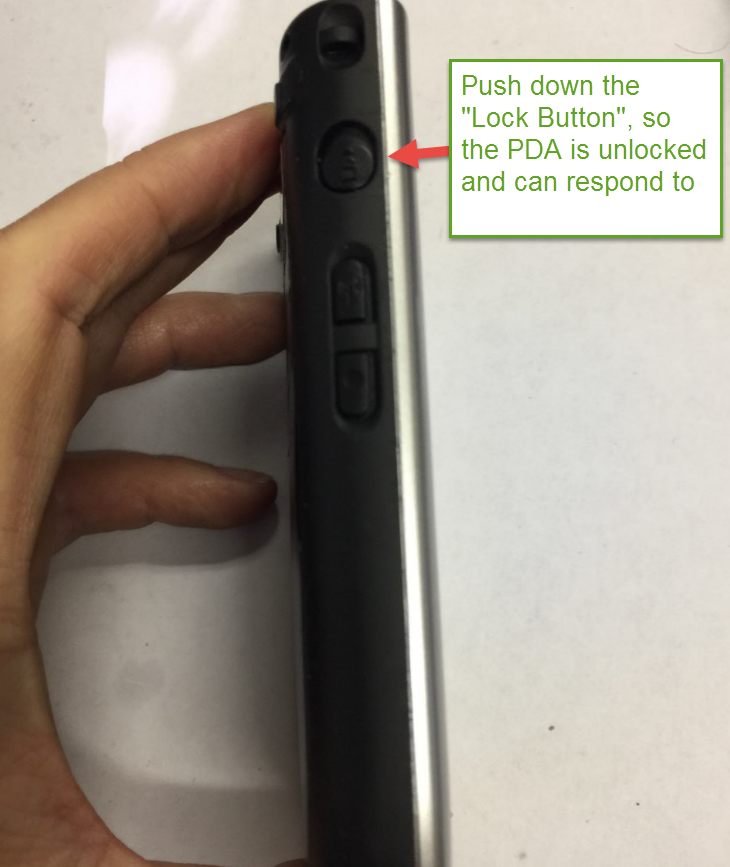

In this chapter I'll focus on using Indy during my discussion of low-level socket programming, not only when I cover support for high-level Internet protocols. However, now that the ClientSocket and ServerSocket components have been declared obsolete (although they are still available), Borland suggests using the corresponding Indy components instead. The Borland components, TcpClient and TcpServer, were probably developed to replace the ClientSocket and ServerSocket components available in past versions of Delphi. Building Socket Applicationsĭelphi 7 ships with two sets of TCP components-Indy socket components (IdTCPClient and IdTCPServer) and native Borland components-which are also available in Kylix and are hosted in the Internet page of the Component palette. Understanding TCP/ IP and sockets will help you grasp most of the other concepts more easily.

I will introduce some elements of the HTTP protocol, leading up to building HTML files from database data.Īlthough you probably just want to use a high-level protocol, the discussion of Internet programming starts from the core concepts and low-level applications.

In this chapter I'll begin by looking at the sockets technology in general then I'll move to the use of the Internet Direct (Indy) components supporting both low-level socket programming and the most common Internet protocols. This chapter focuses on low-level socket programming and Internet protocols, Chapter 20 is devoted to server-side web programming, Chapter 21 covers IntraWeb, and Chapters 22 and 23 discuss XML and web services. With the advent of the Internet era, writing programs based on Internet protocols has become commonplace, so I've devoted five chapters to this topic. Internet Programming Sockets and Indy Overview Sending Database Data over a Socket Connection.


 0 kommentar(er)
0 kommentar(er)
